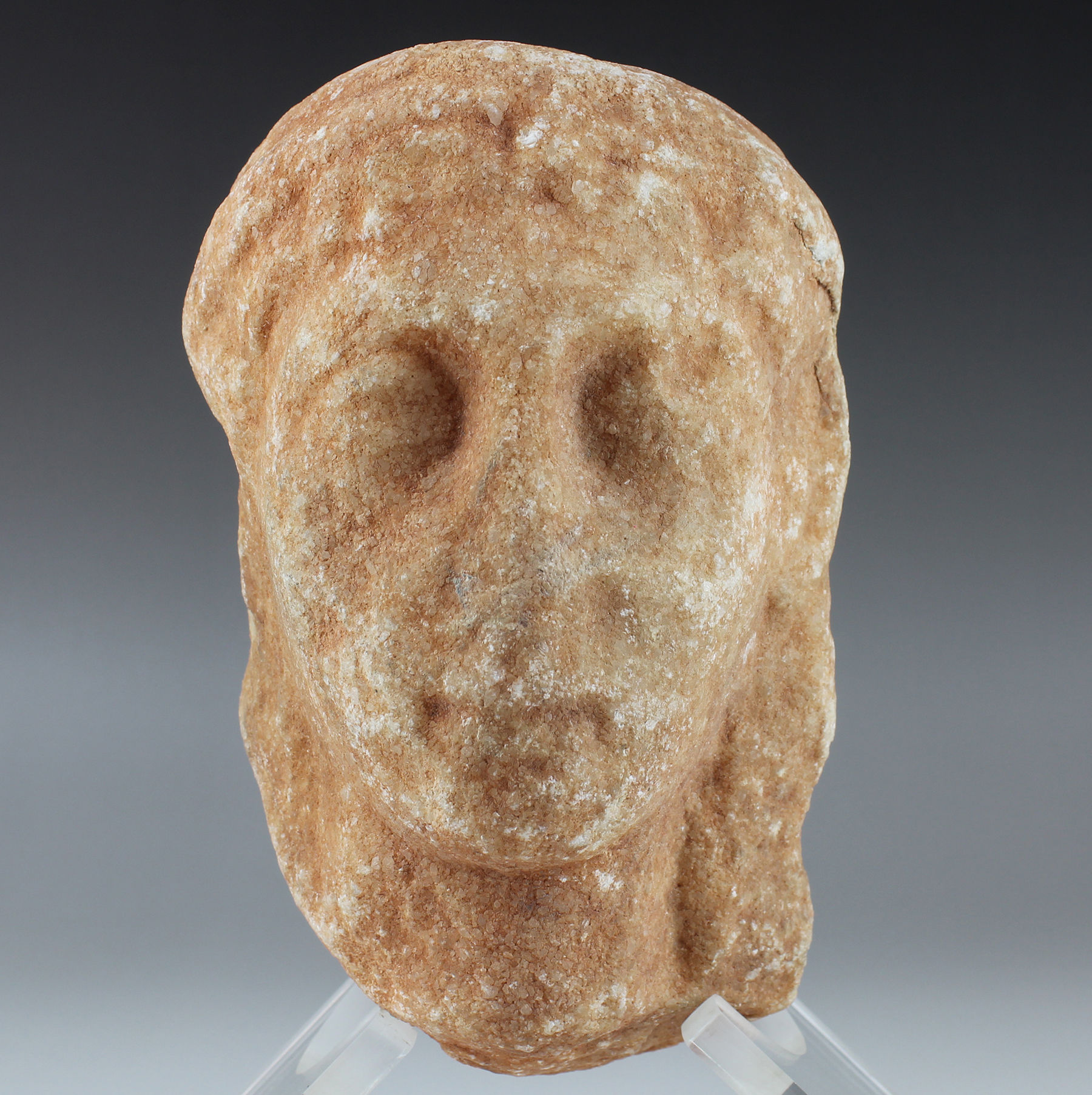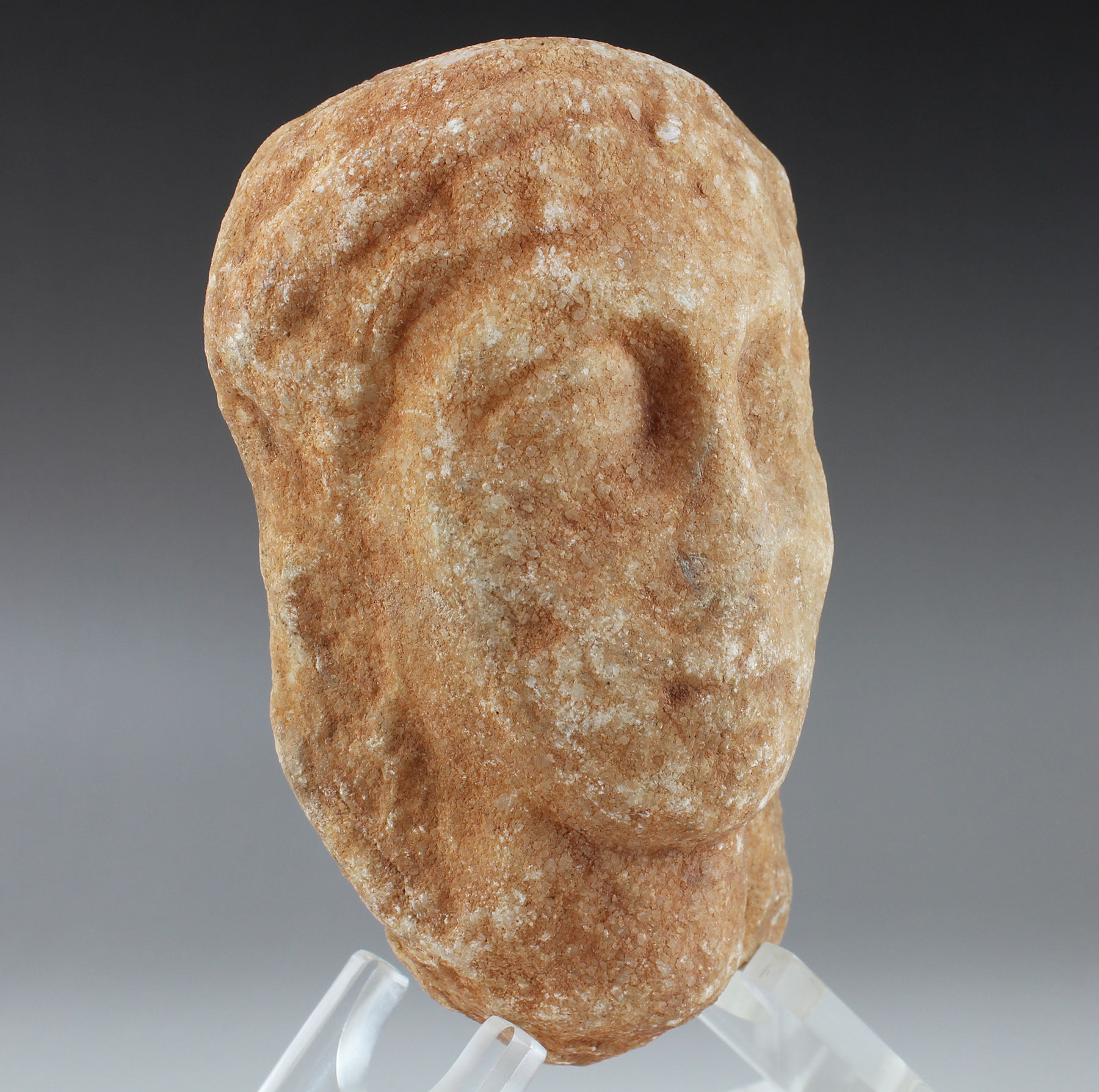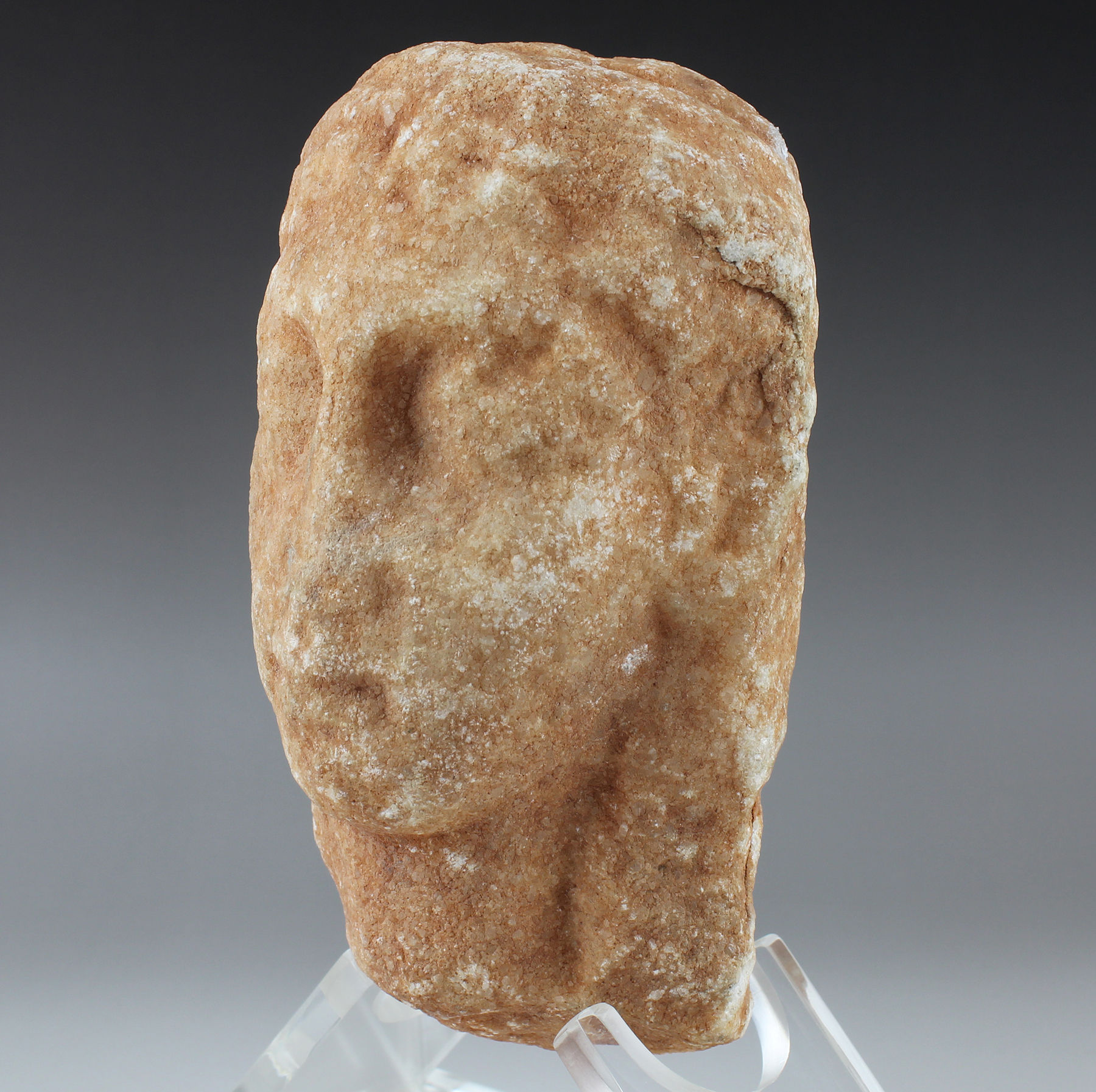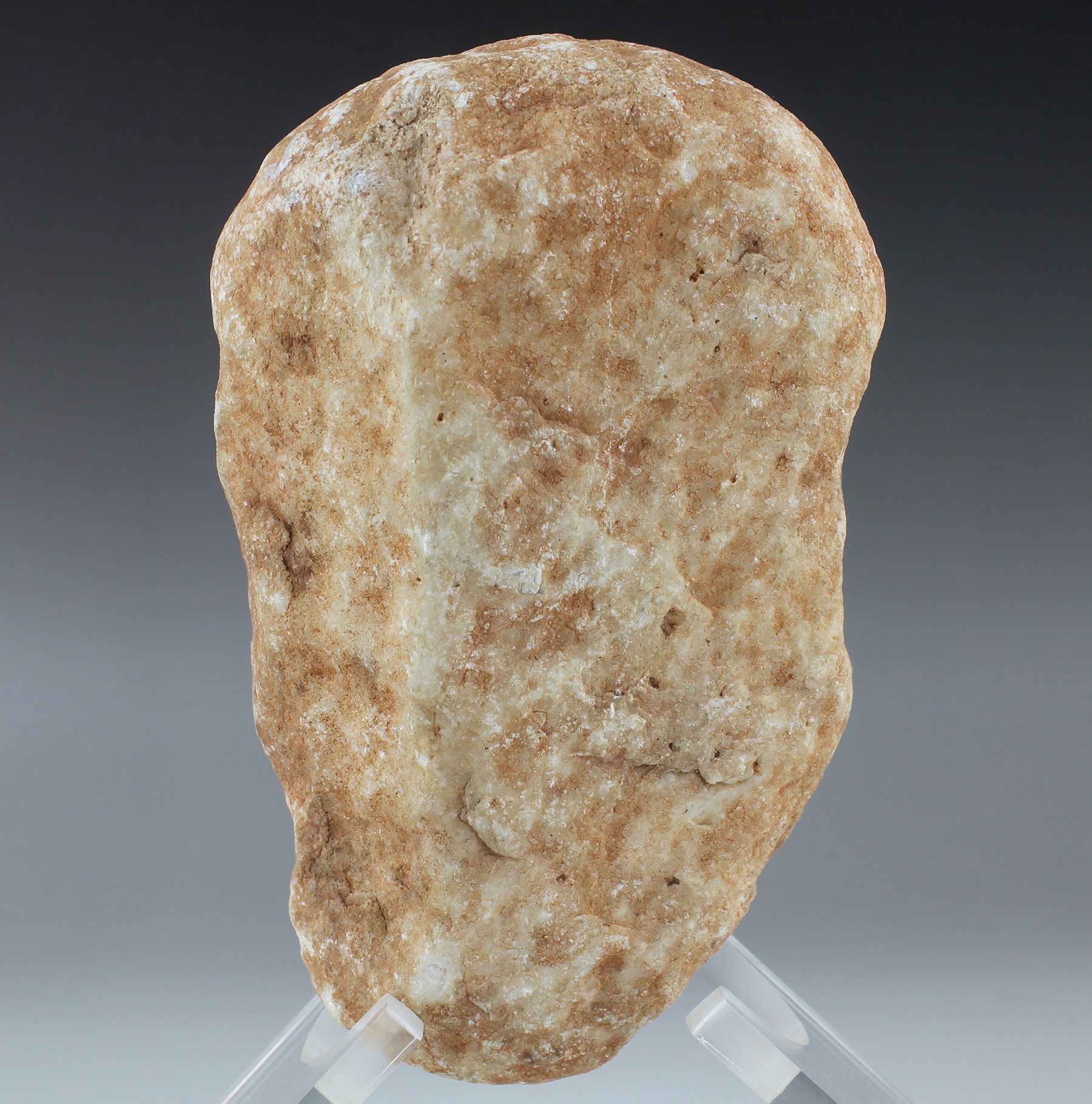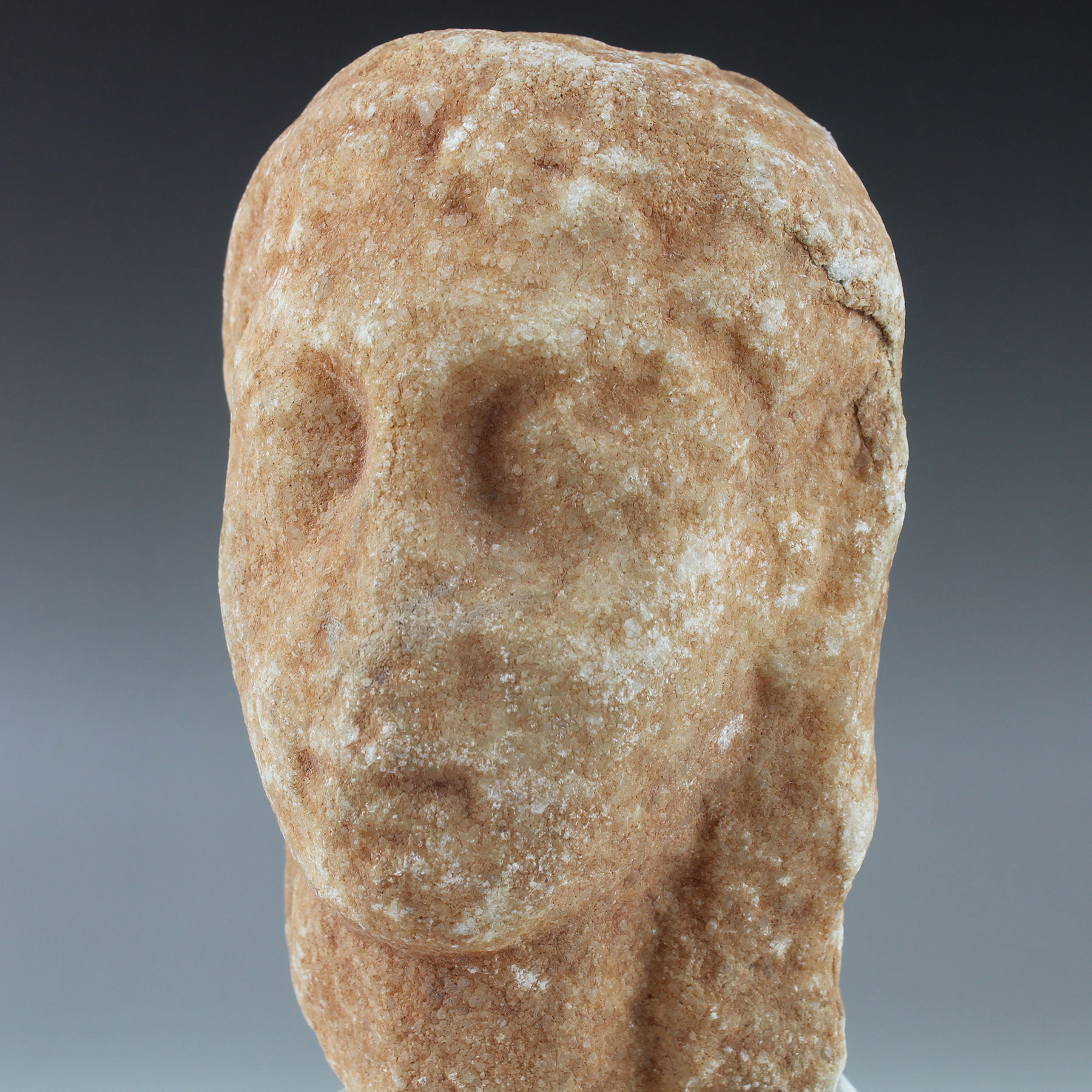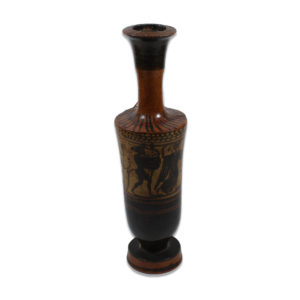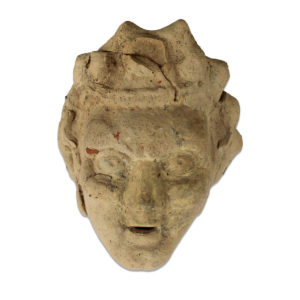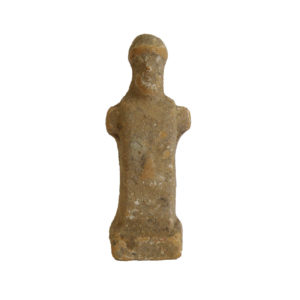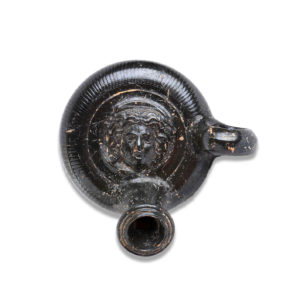Description
| ITEM | Head of a young |
| MATERIAL | Marble |
| CULTURE | Greek, Archaic period |
| PERIOD | 600 – 450 B.C |
| DIMENSIONS | 165 mm x 110 mm x 80 mm |
| CONDITION | Good condition |
| PROVENANCE | Ex European private collection, acquired in European market in the 1990’s |
From 600 to 480 B.C.E., ancient Greek cemeteries and sanctuaries were filled with marble statues of beautiful young men and women. The images of nude young men are today called kouroi (singular: kouros), the ancient Greek word for boy, though we do not know if they were called kouroi in antiquity. Their female counterparts, korai (singular: kore), wear richly painted robes and accessories made of expensive metals. Kouroi and korai are highly idealized images. Rather than showing people as they actually looked, they are representations of youthful perfection as envisioned by the Greek aristocrats who commissioned them in the Archaic period. These elite individuals conflated bodily beauty with moral excellence, so from their viewpoint, the idealized statues of young men and women that they commissioned displayed both inner and outer greatness. Kouroi and korai broadcasted the wealth and ideals of their patrons, revealing much about Archaic society.
Greek sculptors began to experiment with making statues out of marble in the second half of the seventh century B.C.E. The earliest examples of marble kouroi come from Naxos and Paros, Cycladic islands with natural supplies of marble. Greek artists and patrons may have been inspired to create kouroi after seeing life-size stone sculptures of men and women in Egypt, which opened its borders to foreigners around 650 B.C.E. Greek kouroi borrow their stiff, upright postures from Egyptian statues of humans (such as King Menkaure (Mycerinus) and queen).
A few unfinished kouroi that were abandoned in quarries on Naxos show us that sculptors did much of their preliminary work before the marble block was moved from its excavation site. They probably began to sculpt the block into a kouros before it was sent to its final destination to reduce its weight, allowing for easier transport. Sculptors likely traveled with the partially sculpted blocks to finish them near where they were erected.
Shortly after the kouros form was invented in Naxos, clients from other Greek cities began to commission kouroi. In the first half of the sixth century B.C.E., Naxian and Parian sculptors made kouroi for patrons in Attica and Boeotia in mainland Greece, and exported statues to sanctuaries throughout the Greek world.
Korai became popular soon after kouroi. Like kouroi, many of the earliest korai were made in the Cyclades, but they do not seem to have been based on Egyptian models. Whereas early korai are extremely modest and show almost no indication of their bodies beneath their robes, Egyptian statues of women tend to show more of their form. Greek sculptors may instead have been inspired by images of women they saw on Near Eastern objects like metal vessels and elaborately decorated furniture, which were imported into Greece in large quantities during the Archaic period. They may also have adapted their previous works in the Daedalic style. Daedalic sculptures of women (like the Lady of Auxerre) are richly dressed and rigid like the korai that followed them, but korai are rounder and more columnar than Daedalic statues, embodying a new ideal of feminine beauty.


